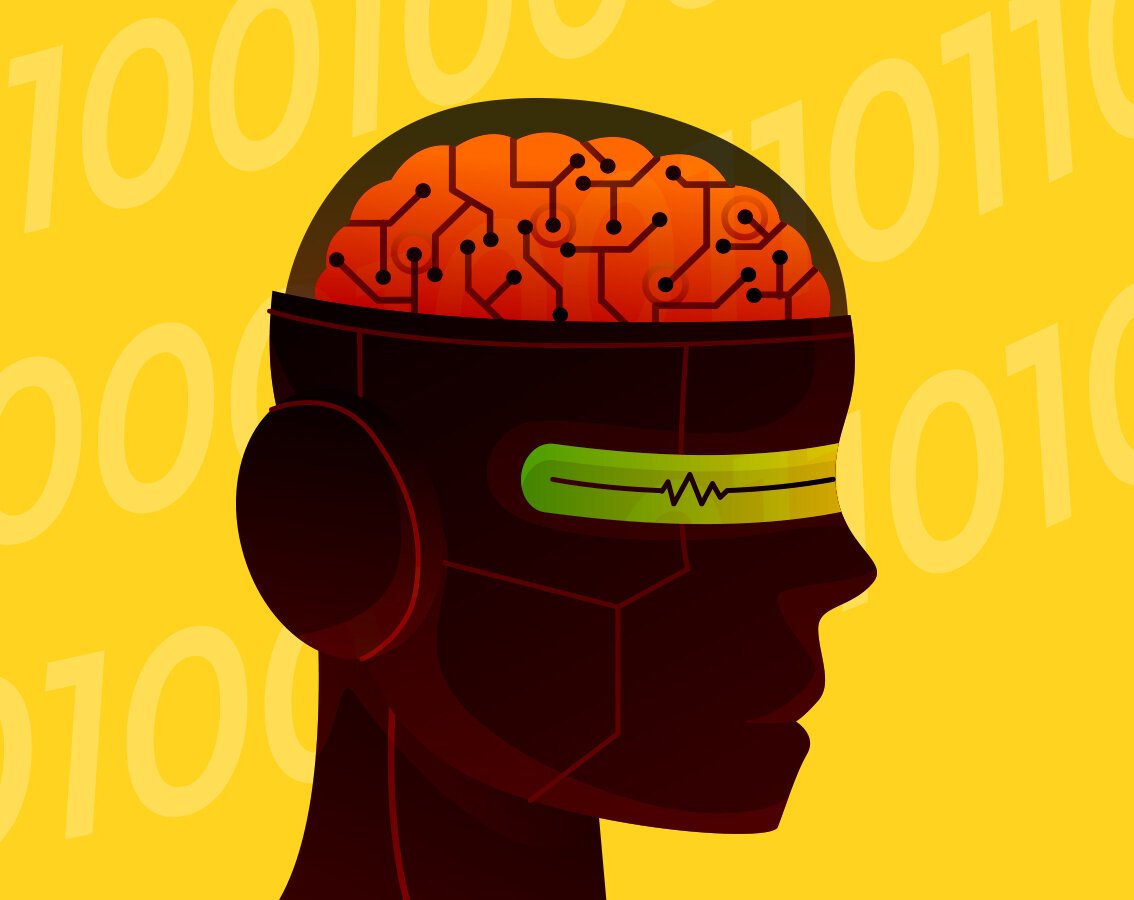blog
How Much Does It Cost to Develop AI Agents in Singapore?
By Mohan S Software development Digital transformation AI and ML May 12, 2025

Decoding the Cost of AI Agent Software
AI agents are a useful tool in digital transformation to handle repetitive decision-making at scale, freeing humans to focus on higher-leverage problems. Breaking down the costs involved in creating an AI agent is crucial for making informed decisions. This isn't just about the initial price tag; it's about long-term value and ROI.
An Overview of Cost to Build an AI Agent in Singapore
The cost of building an AI agent isn't a fixed number and like any other software, depends on the complexity involved. For example, a simple AI agent for customer service will differ in cost from a complex AI agent for financial risk assessment. Generally, you can expect the price range to start from S$20,000 and go upwards of S$100,000+ depending on the complexity.
You may like to read: Latest AI Trends Reigning Right Now
Here's a simplified breakdown:
Simple AI Agent: S$20,000 - S$30,000 (e.g., basic chatbot, simple data analysis)
Advanced AI Agent: S$30,000 - S$60,000 (e.g., personalized recommendations, moderate automation)
Enterprise-Level AI Agent: S$60,000+ (e.g., complex decision-making, predictive analytics, large-scale automation)
Factors Influencing AI Agent Development Cost
1. Complexity of the AI Agent
The more complex the tasks your AI agent needs to perform, the higher the development cost. A simple rule-based agent is far less expensive than one that uses machine learning to adapt and learn.
Example: An AI agent that simply answers FAQs will cost less than an agent that dynamically adjusts pricing based on competitor data and market trends.
2. Type of AI Technology Used
Different AI technologies can vary costs by a large margin. Natural Language Processing (NLP), Machine Learning (ML), Deep Learning (DL), and Computer Vision each require specific expertise and resources.
Example: Using a pre-trained NLP model for sentiment analysis will be cheaper than training a custom Deep Learning model from scratch to detect anomalies in financial transactions.
3. Data Processing & Storage Requirements
AI agents need data to learn and function. The amount of data, its quality, and the infrastructure required to process and store it directly impact costs.
Example: An AI agent analyzing real-time stock market data will require significantly more robust (and expensive) data processing and storage infrastructure than an agent processing weekly sales reports.
4. Development Approach
Choosing between building an AI agent from scratch versus using pre-built models or APIs significantly affects the cost. A custom-built solution offers greater control but requires more time and resources.
Example: Using pre-trained models from cloud providers like AWS or Azure for image recognition can save significant development time and costs compared to building a custom model.
5. AI Model Training & Fine-Tuning
Training AI models requires significant computational power and time. Fine-tuning pre-trained models to your specific needs also incurs costs.
Example: Training a large language model (LLM) requires powerful GPUs and can cost tens of thousands of dollars, while fine-tuning a smaller model for a specific task might cost significantly less.
6. Deployment Costs
Deploying your AI agent involves infrastructure, server costs, and integration with existing systems. Cloud-based deployments offer scalability but come with recurring costs.
Example: Deploying an AI agent on a cloud platform like Google Cloud Platform (GCP) will involve costs for virtual machines, storage, and network bandwidth.
7. Ongoing Maintenance & Upgrades
AI models require continuous monitoring, maintenance, and retraining to ensure accuracy and relevance. This includes bug fixes, security updates, and performance optimization.
Example: Regularly retraining a fraud detection AI agent with new transaction data is crucial to maintain its effectiveness and adapt to evolving fraud patterns.
Pricing Models for AI Agent Development
Understanding the available pricing models is vital for budget planning. Here are the common options:
1. Fixed Price Model
A fixed price provides a clear, upfront cost for the entire project. This is suitable for well-defined projects with clear requirements.
Pros: Predictable costs, clear scope.
Cons: Less flexibility, potential for cost overruns if requirements change.
2. Time & Material Model
You pay for the actual time and resources spent on the project. This is ideal for projects with evolving requirements where flexibility is paramount.
Pros: High flexibility, adaptable to changing needs.
Cons: Less predictable costs, requires close monitoring.
3. Subscription-Based Model
You pay a recurring fee for access to the AI agent software and its features. This is common for SaaS (Software-as-a-Service) solutions.
Pros: Lower upfront costs, easy access to updates and support.
Cons: Recurring costs, limited customization options.
4. Revenue-Sharing Model
The development company shares a percentage of the revenue generated by the AI agent. This aligns incentives and reduces upfront costs.
Pros: Lower upfront costs, shared risk and reward.
Cons: Requires transparency, potential disagreements over revenue sharing.
Hidden Costs of AI Agent Development
Beyond the obvious development costs, several hidden costs can significantly impact your budget. Be aware of these to avoid surprises:
1. Model Retraining & Fine-Tuning
AI models degrade over time as the data they were trained on becomes outdated. Regular retraining and fine-tuning are essential but often overlooked in initial cost estimates.
2. Cloud Hosting & Compute Usage
Cloud platforms offer scalability, but the costs can quickly escalate based on usage. Monitoring and optimizing cloud resources are crucial.
3. Monitoring & Performance Optimization
Continuous monitoring of the AI agent's performance is necessary to identify and address issues. This requires specialized tools and expertise.
4. Security Patching & Compliance Upkeep
Maintaining the security and compliance of your AI agent is essential, especially when dealing with sensitive data. This involves regular security audits and updates.
5. API & Third-Party Tool Charges
Integrating with external APIs and third-party tools can incur significant costs, especially if you rely on high-volume data access or advanced features.
6. User Feedback Loops & Feature Iterations
Gathering user feedback and iterating on the AI agent's features is crucial for improving its usability and effectiveness. This requires time and resources for development and testing.
7. Storage for Historical Data
Storing historical data for analysis and retraining can consume significant storage space and incur substantial costs, especially for large datasets.
You may like to read: Inspiring Ways Businesses Are Employing AI
How to Reduce AI Agent Development Costs Without Compromising Quality?
Here are some strategies to keep your AI agent development costs in check without sacrificing quality:
1. Leverage Open-Source AI Frameworks (TensorFlow, PyTorch)
Open-source frameworks provide a wealth of tools and resources for AI development, reducing the need to build everything from scratch.
2. Use Pre-Trained AI Models (GPT-Based AI Models)
Pre-trained models offer a head start in development, allowing you to fine-tune them for your specific needs instead of training a model from scratch.
3. Adopt a Phased Development Approach (MVP-First Strategy)
Start with a Minimum Viable Product (MVP) to test the core functionality of your AI agent before investing in more complex features. This allows you to validate your idea and iterate based on user feedback.
4. Opt for Cloud AI Services (AWS AI, Google AI, Microsoft Azure AI)
Cloud AI services offer scalable infrastructure and pre-built AI models, reducing the need for in-house expertise and infrastructure.
5. Choose the Right AI Development Partner (Cost vs. Expertise Analysis)
Select a development partner with the right expertise and experience to deliver your AI agent effectively and efficiently. Consider both cost and technical capabilities.
Conclusion
AI agent software is a significant investment which can be a game-changer for innovative businesses. Understand the factors influencing costs, choose the right pricing model, and implement cost-saving strategies to develop an AI agent that delivers real value to your business. It’s important to focus on long-term ROI and choosing a development partner that can deliver a solution that aligns with your business goals.


